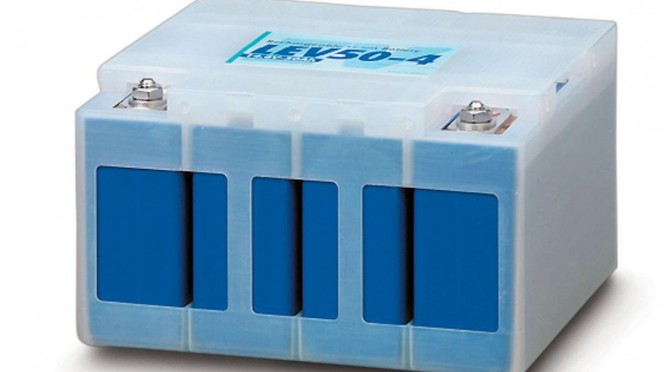The price of automotive lithium ion batteries is expected to fall dramatically by the end of the decade and even further by 2025, according to a new McKinsey study.
In a “should cost” model that researchers developed, the consulting firm said the price for a “complete automotive lithium ion battery pack” could drop from $500 to $600 per kilowatt hour today to about $200 by 2020 and $160 by 2025. A kilowatt hour is a measure of energy storage.
How would lower prices affect the price of the Chevrolet Volt’s 16 kilowatt hour battery pack? Assuming a current cost of $500 per kwh the Volt battery today costs $8,000.
At $160 per kwh, the same battery would cost $2,560 in 2025, assuming no inflation.
The report says nearly 30 percent of the cost reductions — many achievable by 2015 — will come from improvements in manufacturing processes, standardizing equipment and spreading fixed costs over higher unit volumes.
As a result, future battery plants could be more productive than those built before 2010-2011, according to the report.
Lower battery prices will make electric vehicles more accessible to consumers and could spur advancement in other technologies such as variable valve timing or dual clutch transmissions, said John Newman, an associate McKinsey partner in San Francisco. Newman coauthored the report with McKinsey partner Russell Hensley in Detroit and Matt Rogers, director of McKinsey’s San Francisco office.
Newman said the electric vehicle industry is experiencing growing pains that are no different from any other emerging industry.
He said consumer demand is going to be small initially, but if battery costs remain where they are today, “it’s a tough proposition” to see broad acceptance of EVs.
“Ultimately, you’ve got to get someone excited to buy the vehicle. I think that OEMs or the carmakers or the designers (have to) figure out what form of energy storage is the most exciting to the person who is buying the car,” Newman said. “It could be range, could be acceleration, could be onboard storage. We’ll have to wait for the market to figure it out.”
The report indicates that “lower components prices” could account for around 25 percent of the price reduction, and much of the savings could be captured by 2020.
Suppliers are expected to trim costs by moving operations to places where costs are optimal and boosting manufacturing productivity, the study said.

